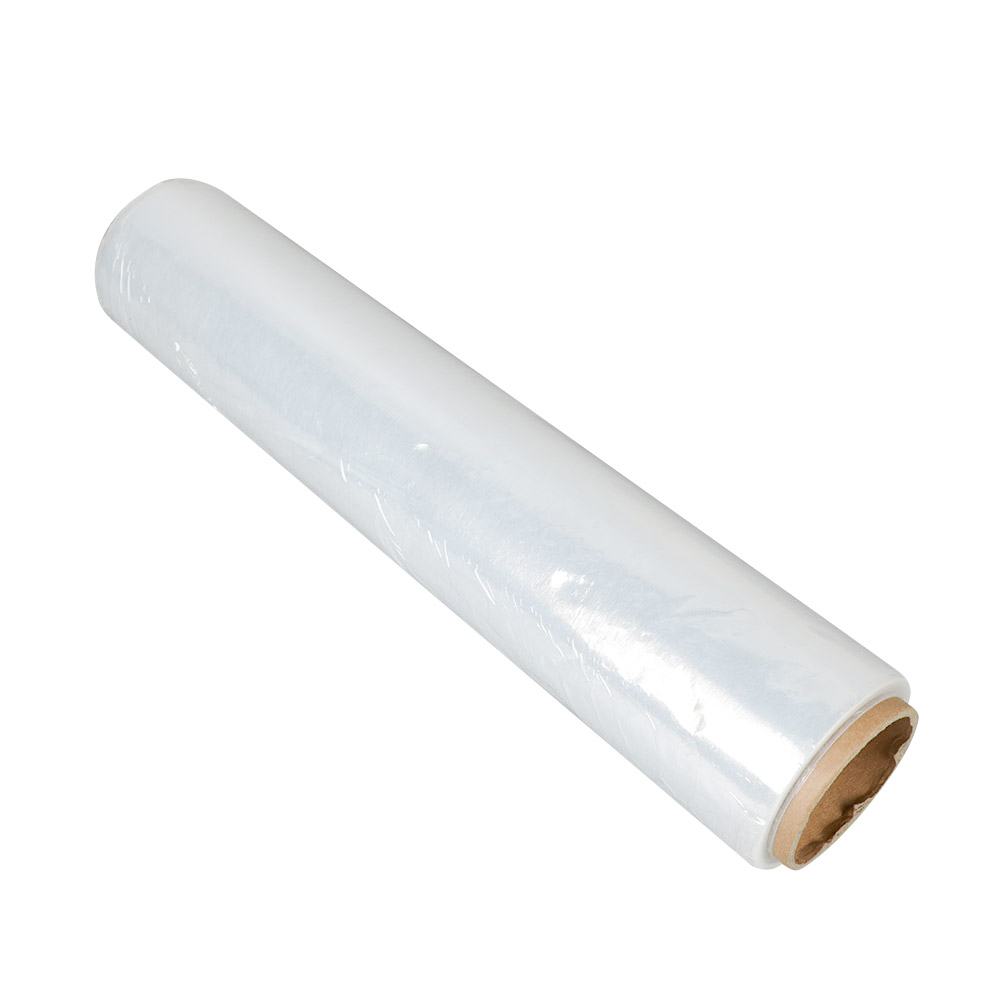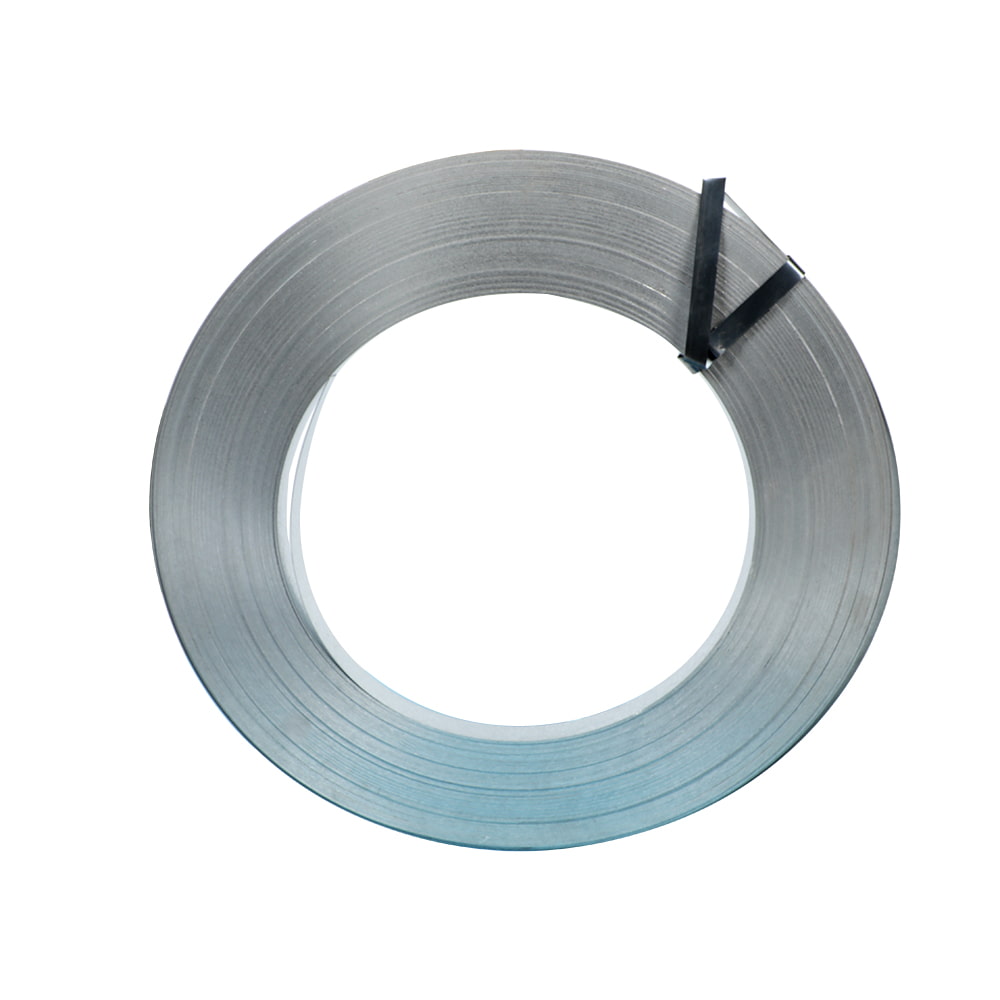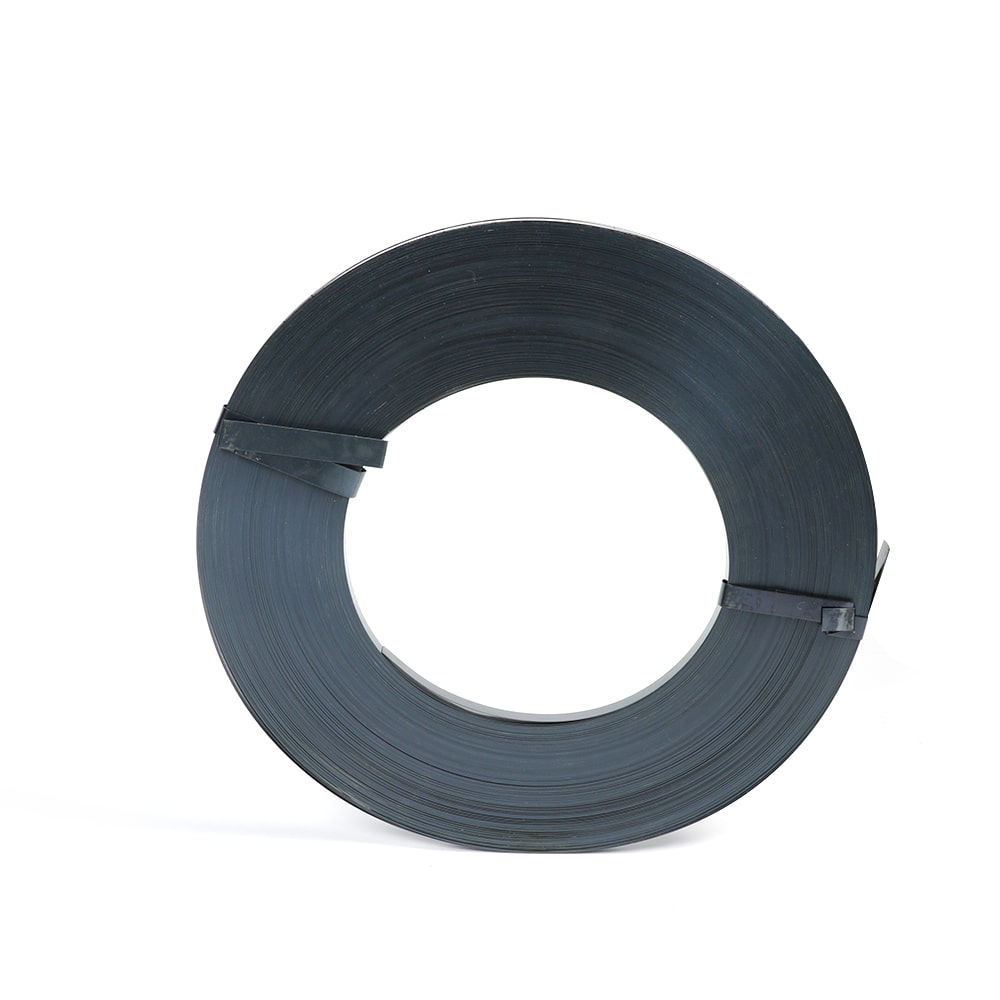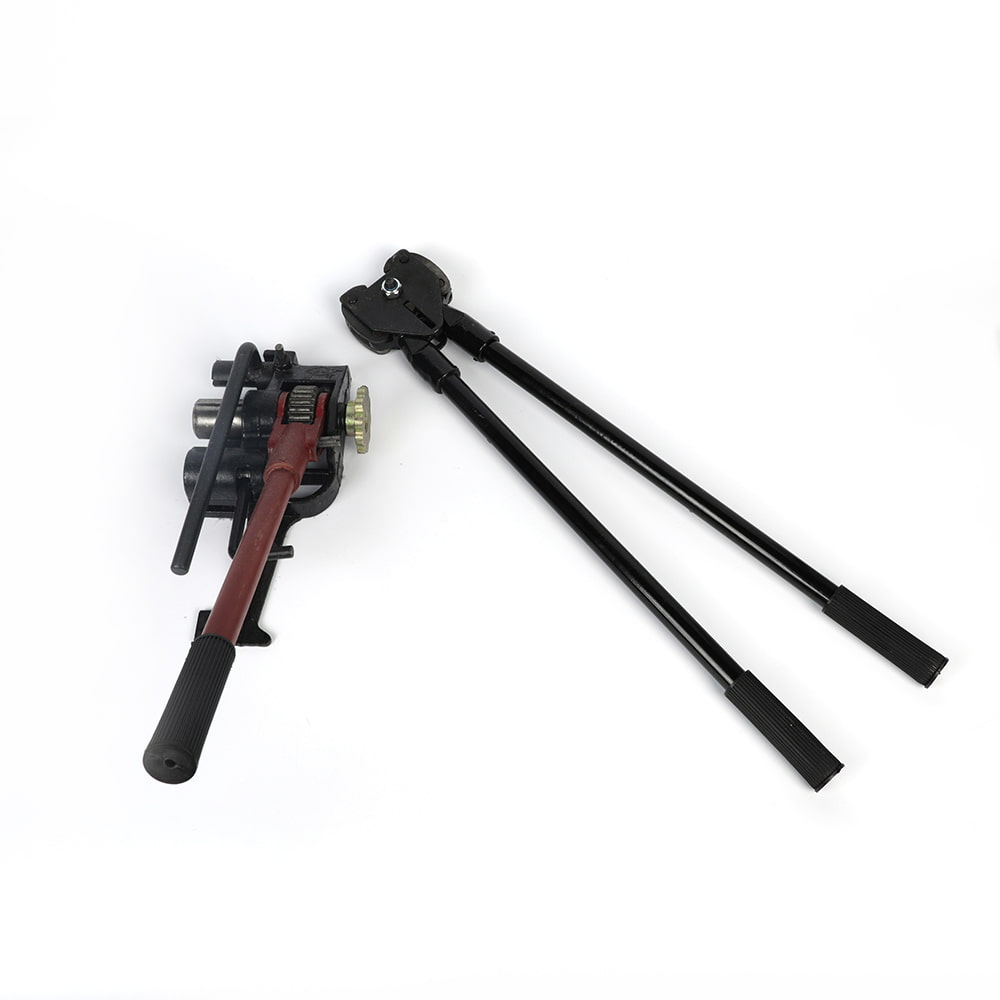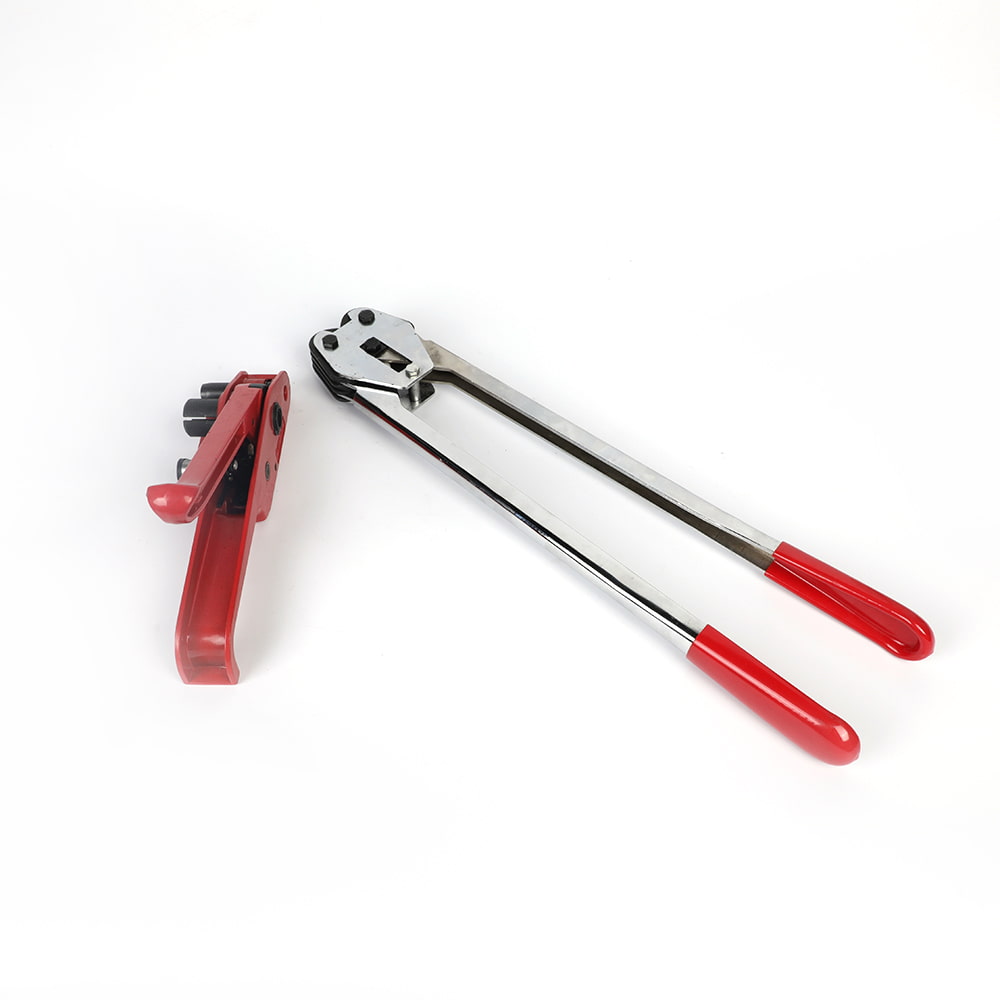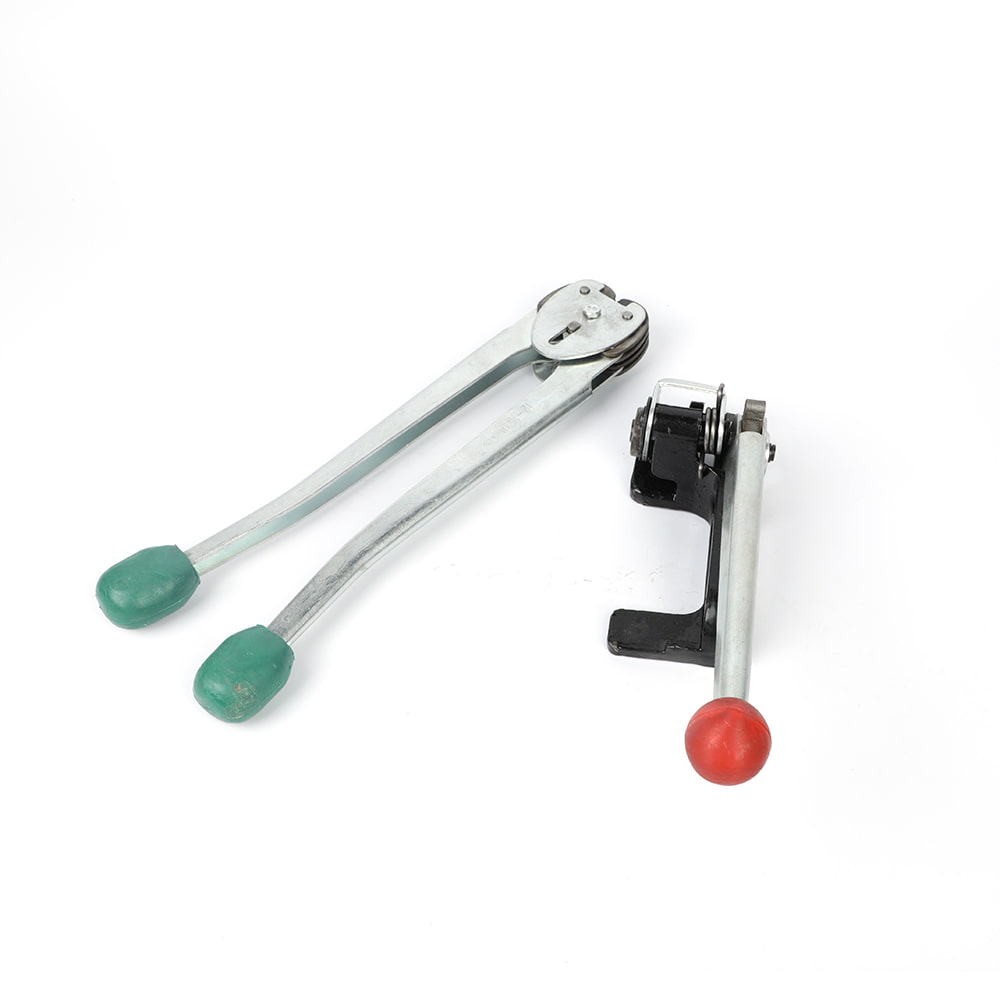How does the tension control system in a Steel Strapping Machine contribute to secure and stable strapping?
Author:admin Date:2024-01-11
The tension control system in a steel strapping machine is a critical component that plays a key role in achieving secure and stable strapping. It ensures that the steel strapping is applied with the appropriate amount of tension to effectively secure the load. Here's how the tension control system contributes to secure and stable strapping:
Proper Load Containment:
The tension control system allows operators to set and control the amount of tension applied to the steel strapping. This is crucial for ensuring that the strapping is tight enough to securely contain the load. Proper tension prevents the strapping from becoming loose during handling, transportation, or storage.
Prevention of Load Shifting:
Adequate tension helps prevent load shifting within the packaging. When strapping is applied with the right tension, it creates a strong bond that minimizes the risk of the load shifting or becoming unstable, especially during transportation or handling.
Enhanced Load Stability:
The tension control system contributes to the overall stability of the strapped load. By applying consistent tension across the strapping, the system helps distribute the load forces evenly, reducing the likelihood of imbalances that could lead to instability.
Customization for Different Loads:
Different loads may require different levels of tension to ensure optimal strapping performance. The tension control system allows for customization, enabling operators to adjust the tension settings based on the specific characteristics and requirements of the load being strapped.
Damage Prevention:
Over-tensioning or under-tensioning the strapping can lead to issues. Over-tensioning may damage the strapping or the packaged goods, while under-tensioning can result in inadequate load security. The tension control system helps avoid these issues by allowing precise adjustment of tension levels.
Consistency in Strapping:
A well-functioning tension control system ensures consistency in the application of tension across multiple straps on a single load or across different loads. This consistency is essential for maintaining the integrity of the strapping and the overall stability of the packaged items.
Adaptability to Varied Conditions:
The tension control system should be designed to adapt to different strapping conditions, including variations in load sizes, shapes, and weights. This adaptability ensures that the strapping machine can handle a diverse range of applications while maintaining secure and stable strapping.
Reduction of Strapping Failures:
Proper tension control significantly reduces the risk of strapping failures. Strapping that is too loose may lead to strap slippage or failure, while over-tensioned strapping can damage both the strapping material and the load. The tension control system helps strike the right balance, minimizing the chances of strapping failures.
In summary, the tension control system in a steel strapping machine is essential for achieving secure and stable strapping by providing precise control over the tension applied to the strapping material. This ensures that the strapping effectively performs its primary function of securing and stabilizing loads during storage and transportation.
Proper Load Containment:
The tension control system allows operators to set and control the amount of tension applied to the steel strapping. This is crucial for ensuring that the strapping is tight enough to securely contain the load. Proper tension prevents the strapping from becoming loose during handling, transportation, or storage.
Prevention of Load Shifting:
Adequate tension helps prevent load shifting within the packaging. When strapping is applied with the right tension, it creates a strong bond that minimizes the risk of the load shifting or becoming unstable, especially during transportation or handling.
Enhanced Load Stability:
The tension control system contributes to the overall stability of the strapped load. By applying consistent tension across the strapping, the system helps distribute the load forces evenly, reducing the likelihood of imbalances that could lead to instability.
Customization for Different Loads:
Different loads may require different levels of tension to ensure optimal strapping performance. The tension control system allows for customization, enabling operators to adjust the tension settings based on the specific characteristics and requirements of the load being strapped.
Damage Prevention:
Over-tensioning or under-tensioning the strapping can lead to issues. Over-tensioning may damage the strapping or the packaged goods, while under-tensioning can result in inadequate load security. The tension control system helps avoid these issues by allowing precise adjustment of tension levels.
Consistency in Strapping:
A well-functioning tension control system ensures consistency in the application of tension across multiple straps on a single load or across different loads. This consistency is essential for maintaining the integrity of the strapping and the overall stability of the packaged items.
Adaptability to Varied Conditions:
The tension control system should be designed to adapt to different strapping conditions, including variations in load sizes, shapes, and weights. This adaptability ensures that the strapping machine can handle a diverse range of applications while maintaining secure and stable strapping.
Reduction of Strapping Failures:
Proper tension control significantly reduces the risk of strapping failures. Strapping that is too loose may lead to strap slippage or failure, while over-tensioned strapping can damage both the strapping material and the load. The tension control system helps strike the right balance, minimizing the chances of strapping failures.
In summary, the tension control system in a steel strapping machine is essential for achieving secure and stable strapping by providing precise control over the tension applied to the strapping material. This ensures that the strapping effectively performs its primary function of securing and stabilizing loads during storage and transportation.

 EN
EN 
 English
English 中文简体
中文简体

